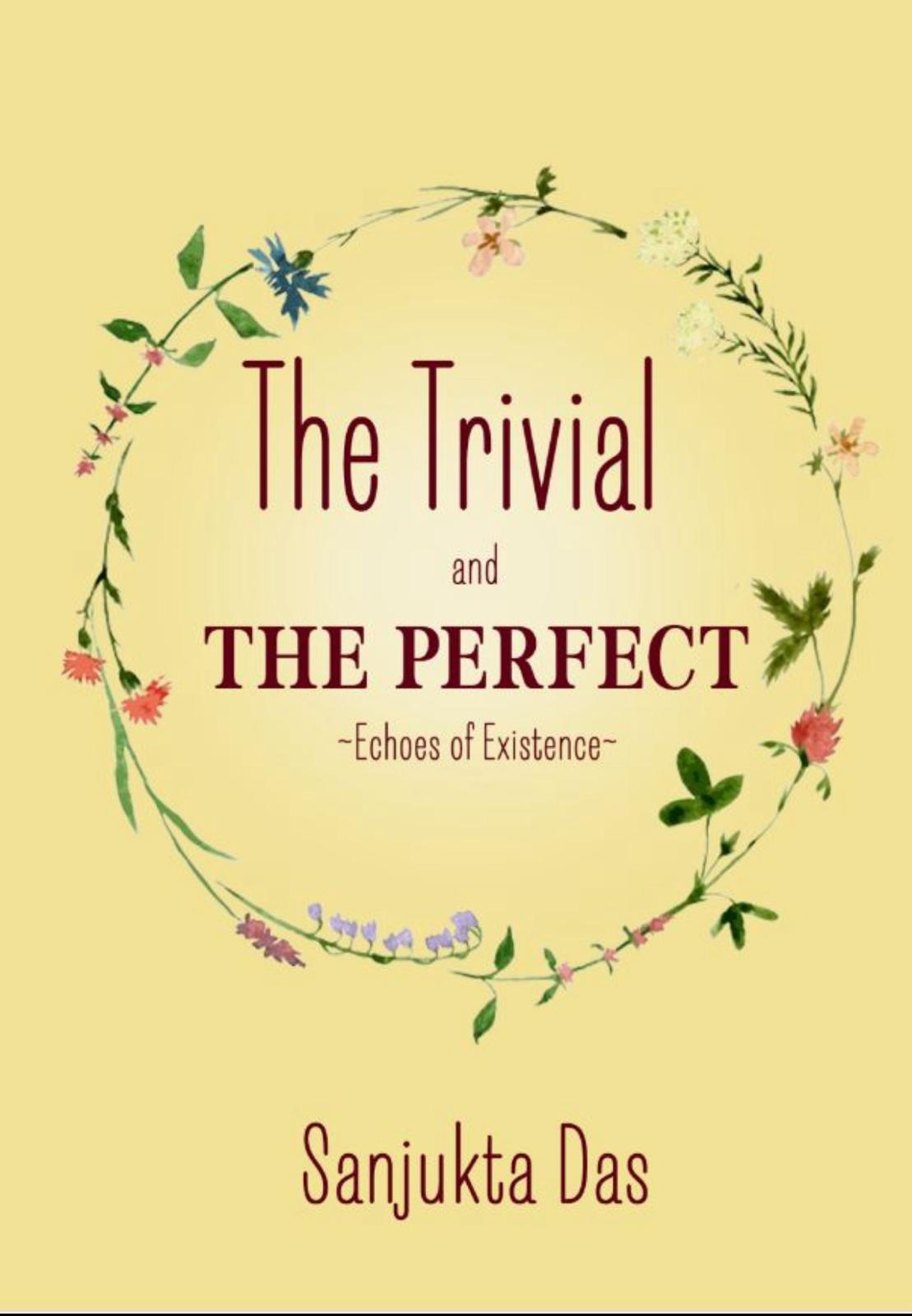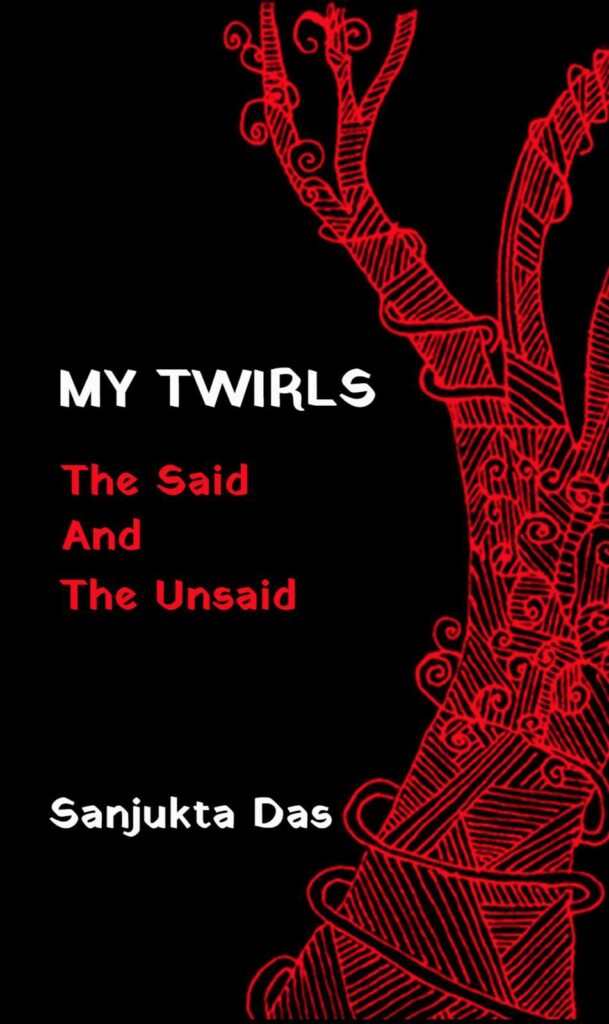Blog By Sanjukta Das

When it comes to prose-poetry, the power of emotion is indispensable. Prose poetry itself sits at the crossroads of two literary worlds—prose and poetry—blending the attributes of both to produce something unique. Much like traditional poetry, it thrives on emotional intensity, creating a landscape where feeling and form collide in a breathtaking fusion. In this exploration, we will delve into the art of crafting emotion in prose poems, illuminating how this potent element can elevate your work to new emotional and artistic heights.
What is Emotional Crafting in Prose Poetry?
Emotional crafting refers to the deliberate and skillful integration of emotion into your prose poems. In this realm, every word, sentence, and paragraph is a carefully chosen vehicle for emotional expression. The prose poet becomes an architect of feeling, structuring the narrative, pacing, and language to guide the reader through an emotional journey.
Key Components of Emotional Crafting:
Narrative Structure: Unlike traditional poetry, which may be free from the constraints of narrative, prose poetry often employs a clear narrative structure. This narrative can be a potent tool for steering the emotional trajectory of the poem. Rhythmic Pacing: While prose poems don’t follow a set meter, they still employ rhythm. The pacing of sentences and paragraphs can speed up or slow down the reader’s emotional journey, creating crescendos of intensity or quiet moments of reflection. Language and Diction: The choice of words is crucial in setting the emotional tone. The richness or simplicity of the language can evoke complex emotions or distill feelings down to their essence.
Themes and Imagery: The thematic elements and images in prose poetry serve as anchors for emotion. Whether it’s the poignant beauty of a sunset or the gut-wrenching reality of loss, themes and imagery add emotional depth. Authenticity: One of the most compelling attributes of a prose poem is its authenticity. Readers can sense when emotions are genuine, and this authenticity strengthens the emotional impact of the poem.
The Challenge of Balancing Emotion and Form: Balancing emotion and form in prose poetry is akin to walking a tightrope. Lean too much into form, and the emotional resonance may be lost; focus solely on emotion, and the work risks becoming melodramatic or one-note. To maintain this balance, the prose poet must employ a range of literary devices while maintaining emotional authenticity.
Subtlety and Restraint: One effective approach to emotional crafting is the use of subtlety and restraint. Overpowering emotion can overwhelm the reader, leaving no room for nuance. A lighter touch allows the reader to discover and interpret feelings, adding a layer of engagement to the work. Contrast and Juxtaposition: The emotional palette of a prose poem can be enriched by using contrast or juxtaposition. Placing happiness beside sorrow, or hope next to despair, can create an emotional tension that adds complexity and depth.
Emotional Arc: Like any good narrative, a prose-poetry can benefit from having an emotional arc. This can range from a simple shift—such as moving from melancholy to acceptance—to more complex emotional evolutions. Sensory Details: Engaging the reader’s senses is a powerful way to evoke emotion. Descriptive details can make the emotional landscape of a prose poem feel palpable, allowing readers to experience the emotions rather than just read about them.
Emotional Crafting as an Ethical Responsibility
Beyond the artistic aspects, emotional crafting carries an ethical responsibility. When dealing with sensitive topics such as trauma, social issues, or personal struggles, the prose poet must navigate the emotional landscape with care and authenticity.
The portrayal of such topics demands a respectful approach that neither sensationalizes nor trivializes the subject matter. Emotional honesty is key, and the writer should handle the reader’s emotional investment with care. Failure to do so can result in not just artistic shortcomings, but ethical missteps that compromise the integrity of both the work and the writer.
Influence of Cultural and Social Contexts
The emotional crafting of a prose-poetry does not exist in a vacuum; it is inevitably shaped by the cultural and social contexts from which it emerges. As prose poets, understanding these contexts can add another layer of depth to emotional crafting. Just as the reader brings their emotional baggage to a poem, the writer’s cultural background can significantly impact the emotional narrative.
For instance, concepts like family, love, and freedom can evoke different emotions depending on one’s cultural upbringing. In some cultures, familial bonds might be associated with feelings of safety and belonging, while in others, they may evoke a sense of obligation or even burden. These subtle differences can alter the emotional tenor of a prose poem and influence its reception by a diverse readership.
Moreover, the social issues of the time—be it racial tensions, gender equality, or political upheavals—can also seep into the emotional texture of a prose poem. By tapping into these societal emotions, a prose poet can create works that are not just personally resonant but also culturally and socially relevant.
Form and Structure: The Containers of Emotion
The form and structure of a prose poem act as containers for emotion, helping to shape and direct the emotional flow. While prose poetry is often seen as more ‘free’ compared to the structural constraints of verse poetry, the choices of paragraph length, sentence structure, and even punctuation are crucial in guiding the reader’s emotional experience.
A long, meandering sentence can evoke feelings of confusion, exhaustion, or even enchantment, depending on the context. Conversely, a short, abrupt sentence can jolt the reader, instigating feelings of urgency, surprise, or finality. The layout and physical structure of the prose poem, therefore, serve as a visual cue for emotional pacing, reinforcing or even contradicting the content for added emotional complexity.
Interactivity: Engaging the Reader in Emotional Crafting
The digital age has introduced new ways to experience prose-poetry, such as interactive e-books, audio readings, and online publications. These platforms offer unique opportunities for emotional crafting that were not possible in traditional print media. For example, an audio rendition of a prose poem can incorporate musical elements or sound effects to amplify the emotional tone, while interactive e-books could allow the reader to choose different emotional pathways through decision points in the narrative.
By leveraging these new media, prose-poets can engage the reader in the emotional crafting process, creating a more immersive and personalized emotional experience.
Conclusion: The Ever-Evolving Art of Emotional Crafting
Emotional crafting in prose-poetry is a multifaceted and ever-evolving discipline. From the initial burst of inspiration to the painstaking revisions, from the influences of culture and society to the possibilities of new media, the prose poet is a master juggler of emotional elements.
The true power of a well-crafted prose poem lies in its ability to connect on an emotional level, to speak to the shared human experience in a way that is both intensely personal and universally relatable. It’s a delicate balance to maintain, fraught with both artistic challenges and ethical responsibilities, but when successfully achieved, the result is nothing short of transformative.
Through the skillful manipulation of language, structure, and form, as well as a deep understanding of emotional nuance and cultural context, authors who choose the prose-poetry genre craft not just a story, but an emotional journey—a journey that has the power to move, provoke, and to resonate, long after the final word has been read.
In the spirit of emotional depth, discover more insights and poetic journeys at SanjuktaDas.net






